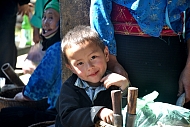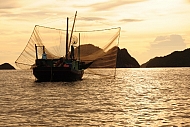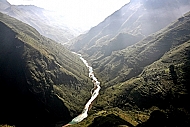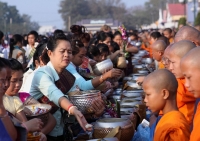Hallo Mario
We had a nice flight back home, and now we are redatto to get back to work. Which is the hardest part or been back home :(
The journey through Vietnam was marvellous and did enjoyed very much! We do appreciate your and all the staff in Vietnamtravelart professional!
Thank you for our discovery of your beautiful country!
Warmest Regards,
Mrs. Roberta Tione from Italy
We had a nice flight back home, and now we are redatto to get back to work. Which is the hardest part or been back home :(
The journey through Vietnam was marvellous and did enjoyed very much! We do appreciate your and all the staff in Vietnamtravelart professional!
Thank you for our discovery of your beautiful country!
Warmest Regards,
Mrs. Roberta Tione from Italy




















